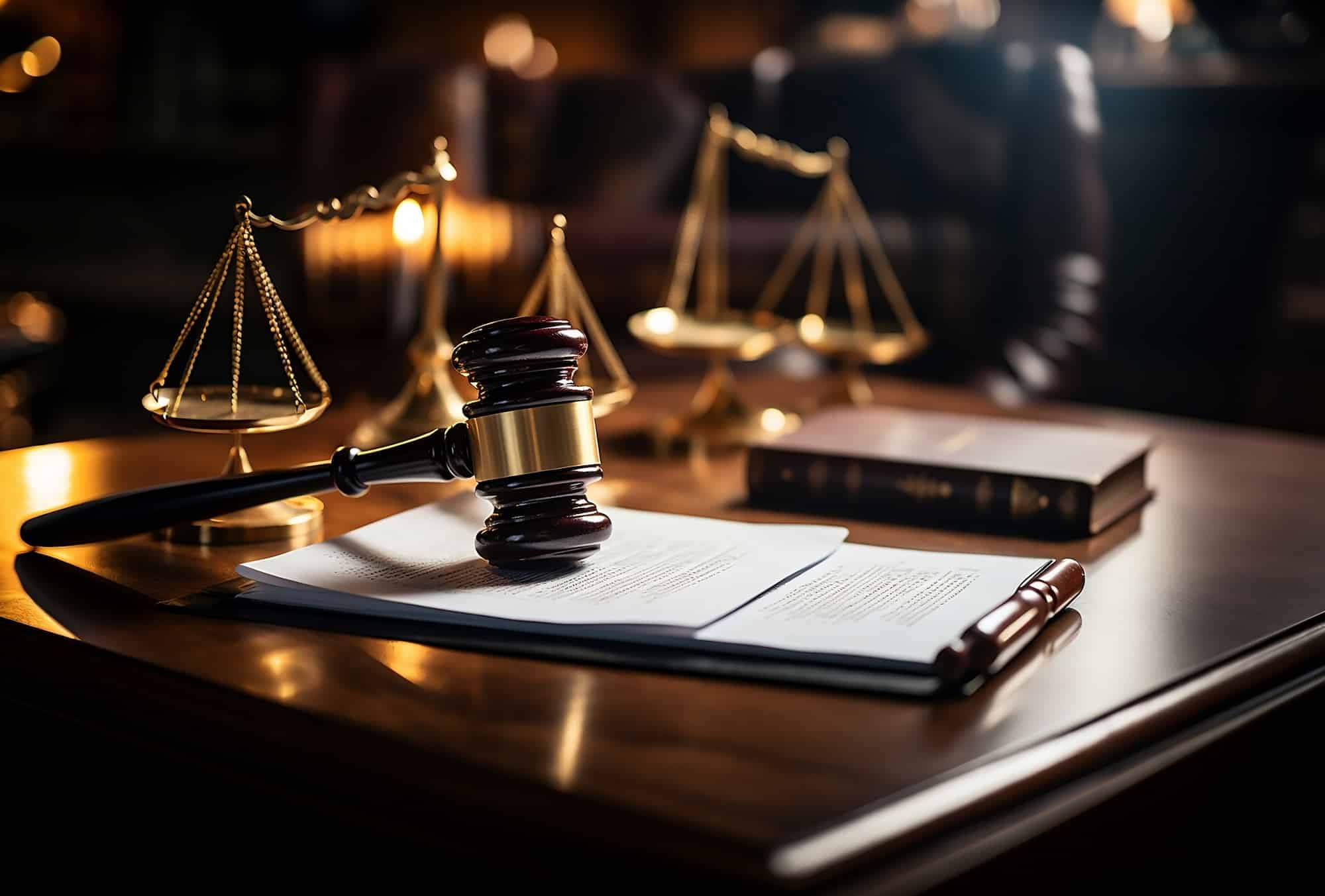Navigating the Intricacies of Trial Presentations: Tips for Seamless Shipment and Compelling Disagreements
In the realm of legal procedures, the art of test discussion stands as a critical factor of success. The complexities intrinsic in test discussions require a delicate balance of finesse, strategy, and skill.

Understanding Trial Purposes
To effectively navigate a trial, it is critical to have a clear understanding of the objectives that need to be accomplished. Prior to tipping into the courtroom, legal groups have to define their goals and preferred results. These purposes act as assisting concepts throughout the test, shaping strategies and affecting decision-making procedures.
Comprehending test purposes includes a detailed analysis of the instance, lawful criteria, and the client's best rate of interests. Trial Presentations. It calls for a meticulous evaluation of the facts, recognizing vital issues, and anticipating potential obstacles. By setting quantifiable and certain objectives, attorneys can tailor their presentations and arguments to align with the desired outcomes
Moreover, a clear understanding of trial purposes makes it possible for legal teams to focus on proof, witnesses, and legal disagreements effectively. It allows for the advancement of a systematic story that reverberates with the court and court, strengthening the total situation discussion.

Organizing Proof Properly
Having a clear understanding of test purposes lays the structure for organizing evidence efficiently in legal process - Trial Presentations. By straightening the discussion of evidence with the desired outcomes of the test, lawful teams can strengthen their debates and boost their persuasiveness. One vital element of organizing proof is classification. Grouping evidence based upon styles or relevance to specific lawful aspects can help simplify the discussion and make intricate info much more digestible for the court or jury.
Another crucial element in organizing evidence properly is developing a sensible flow. Offering proof in a consecutive and coherent way can help build a compelling story that sustains the lawful arguments being made. Furthermore, making use of aesthetic aids such as graphes, timelines, or graphs can further boost the organization of evidence and aid in making clear intricate partnerships or series of occasions.
In addition, making sure that all proof presented is appropriate and permissible to the situation is essential. Inadmissible or pointless proof can interfere with the toughness of the disagreement and potentially hurt the reliability of today event. A careful testimonial and option procedure should be taken on to include just the most impactful and legitimately sound proof in the test discussion.
Crafting Influential Narratives
Crafting compelling stories plays a critical role in offering convincing arguments throughout legal process. When building a narrative for a trial discussion, it is vital to establish a clear story that highlights essential factors and connects them in a systematic way. By weaving together proof, testimony, and lawful arguments right into a influential and cohesive story, legal specialists can efficiently support for their clients and raise the possibility of a desirable outcome in the court room.
Mastering Aesthetic Aids
Effective use visual aids is vital to enhancing the effect and quality of trial discussions. Aesthetic aids, when utilized tactically, have the power to streamline complex info, enhance essential factors, and leave a long-term impression on the court and court. To master visual aids in test discussions, it is essential to make sure that they are clear, succinct, and pertinent to the arguments being made.
When integrating aesthetic help, such as charts, charts, photographs, or timelines, into a trial presentation, it is essential to keep them visually appealing yet expert. The visuals must enhance the spoken debates, providing a graph of the information being talked about without overwhelming the audience with unnecessary details.
Furthermore, experimenting the visual aids beforehand is critical to ensure a seamless delivery throughout the test. Acquainting oneself with the web content, changes, and timings of each visual aid can help maintain the circulation of the discussion and protect against technological problems that may occur.
Delivering Impactful Closing Arguments
An engaging closing disagreement offers as the conclusion of a test presentation, enveloping the core narrative and persuading the judge and court in the direction of a beneficial choice. Begin by describing the major disagreements that sustain your client's placement, emphasizing why the proof presented throughout the test sustains your narrative.
Moreover, integrating sob story can better enhance your closing argument. By humanizing the situation and linking on a personal level with the decision-makers, you can stimulate compassion and understanding, influencing their assumption of the realities presented. Additionally, reiterating Read Full Report the legal standards that have to be met for a desirable ruling can strengthen the legitimacy of your position. Eventually, a well-crafted closing debate need to leave a long lasting perception, engaging the discretionary to rule in your client's support.
Conclusion
In conclusion, grasping trial presentations includes comprehending goals, arranging evidence, crafting narratives, utilizing visual More Help aids, and providing impactful closing disagreements. By carrying out these methods successfully, legal representatives can offer their situation effortlessly and make engaging disagreements in the court. It is vital to browse the intricacies you can try these out of trial presentations with precision and ability to attain success in lawful procedures.
By lining up the presentation of evidence with the wanted end results of the test, legal teams can reinforce their debates and improve their persuasiveness (Trial Presentations). To grasp visual help in test presentations, it is important to guarantee that they are clear, concise, and pertinent to the disagreements being made
A compelling closing argument offers as the conclusion of a trial discussion, enveloping the core narrative and persuading the court and jury towards a desirable choice. Begin by describing the main debates that support your customer's placement, highlighting why the proof provided throughout the trial sustains your narrative.In verdict, grasping trial discussions involves recognizing goals, organizing proof, crafting narratives, using visual help, and delivering impactful closing debates.
Comments on “Grasping the Art of Trial Presentations: Secret Strategies for Effective Legal Arguments”